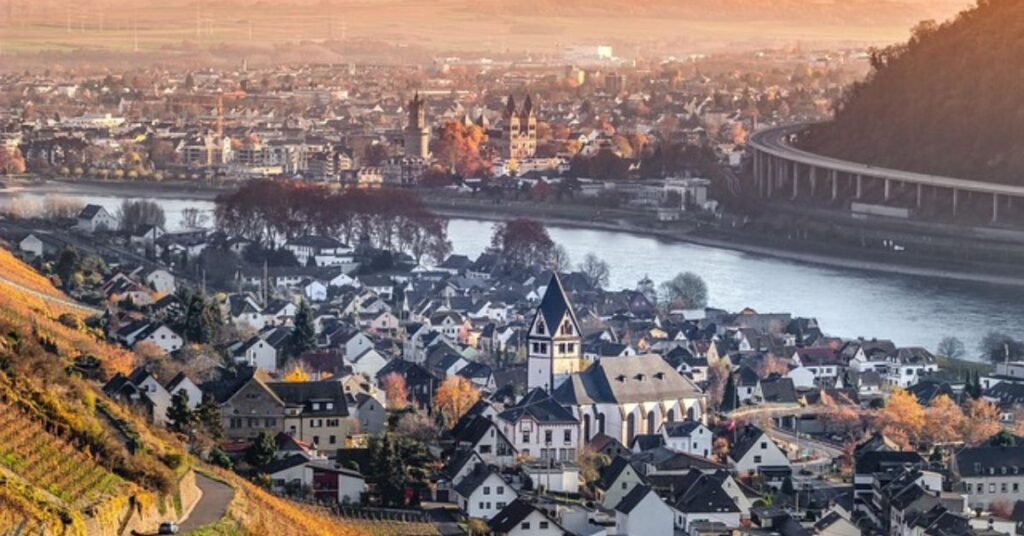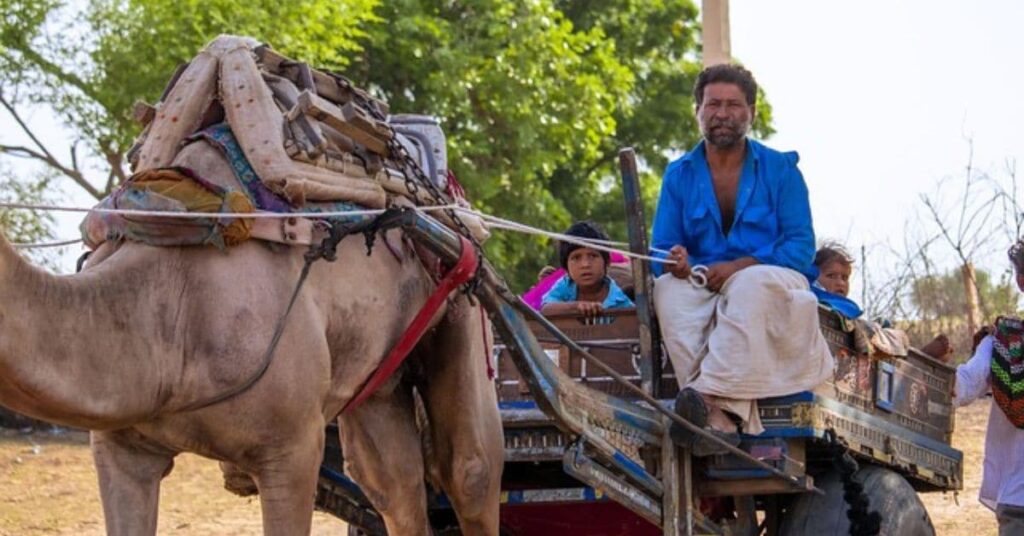Table of Contents
What Does “Sodziu” Mean?
The word Sodziu comes from Lithuanian roots and is closely tied to the idea of community, countryside, and homestead life. It reflects more than just a place and it carries a deep emotional meaning of belonging, simplicity, and tradition. For many Lithuanians, Sodziu symbolizes the warmth of rural living, family bonds, and a connection to nature.
In English, it is often translated as “village” or “homestead,” but the real meaning goes beyond language. It is a way of life shaped by history, culture, and environment.
The Origins and History of Sodziu
The origins of Sodziu go back centuries. Villages in Lithuania were built around strong farming communities. Families lived close to the land, depending on agriculture, livestock, and crafts. These homesteads formed the foundation of the Lithuanian rural identity.
Over time, Sodziu became a cultural backbone. It shaped customs, celebrations, and even the national spirit during times of hardship. The rural setting preserved old traditions, songs, and folklore that are still remembered today.
Cultural Significance of Sodziu in Lithuanian Heritage
Sodziu is not just about houses and farms. It represents shared cultural values — respect for the land, collective spirit, and family unity. Many folk tales, songs, and proverbs come from Sodziu life.
In Lithuanian heritage, Sodziu is often seen as a symbol of resilience. During occupations and wars, rural communities preserved the language and traditions that could have been lost. Even today, people celebrate festivals inspired by Sodziu traditions, from harvest feasts to folk dances.
Traditional Lifestyle and Architecture in Sodziu

The lifestyle in Sodziu has always been simple but meaningful. Families worked the fields together, shared resources, and celebrated seasonal events. Life followed nature’s rhythm — planting in spring, harvesting in autumn, and gathering indoors during cold winters.
Architecture also carried unique features. Traditional Lithuanian homesteads used wood as the main material. Houses were decorated with carved details, symbolizing protection and harmony. Many villages had barns, wells, and gardens that reflected self-sufficiency.
Sodziu’s Local Ingredients and Farm-to-Table Practices
Food is one of the most vibrant parts of Sodziu culture. Locally grown grains, potatoes, beets, and cabbage were staples. Dairy products like cheese and sour cream became everyday essentials. Families often raised animals and grew herbs for natural seasoning.
The farm-to-table tradition was a way of life, long before it became a global trend. Every ingredient was fresh, local, and seasonal. This not only made food healthier but also kept communities closely connected to nature.
Must-Try Dishes and Culinary Traditions of Sodziu
Lithuanian rural cuisine offers hearty and comforting meals. Some dishes born from Sodziu life include:
- Cepelinai (Potato Dumplings): A national dish made from potatoes and meat.
- Šaltibarščiai (Cold Beet Soup): A refreshing summer soup with beets and kefir.
- Kugelis (Potato Pudding): Baked potato dish often served with sour cream.
- Homemade Rye Bread: Baked in wood-fired ovens, symbolizing tradition and hospitality.
These dishes carry more than flavor — they represent the memories of family gatherings and village feasts.
Sodziu in Folklore, Arts, and Generational Bonds
Sodziu life shaped Lithuanian folklore. Songs, fairy tales, and legends were passed down orally during farm work and family evenings. Art also reflected rural motifs — weaving, woodcarving, and embroidery carried patterns inspired by nature and village life.
Generational bonds were strong. Knowledge of farming, cooking, and crafts moved from grandparents to parents and children. This created a living heritage that kept cultural memory alive.
The Role of Sodziu in Modern Life
Even in today’s fast-paced world, Sodziu continues to play an important role. For city dwellers, it represents a return to roots — a reminder of simplicity, authenticity, and balance. Many Lithuanians still visit ancestral villages to reconnect with family and traditions.
Modern lifestyles often borrow from Sodziu values: community support, organic farming, and sustainable living. The rural spirit inspires people to seek slower, more meaningful ways of life.
Sodziu in Business, Branding, and Digital Culture
The concept of Sodziu has also entered business and digital spaces. Local brands use the word to highlight authenticity, natural ingredients, and community values. Restaurants, eco-villages, and tourism services often include Sodziu in their names to reflect tradition and trust.
In digital culture, Sodziu represents storytelling and cultural branding. Online platforms share recipes, village life stories, and sustainable practices, reaching a global audience. This makes Sodziu both a cultural treasure and a modern keyword.
Modern Revival: Tourism, Eco-Living, and Creative Projects
In recent years, Sodziu has gained new attention. Rural tourism allows visitors to experience village life firsthand — staying in wooden homesteads, cooking traditional dishes, and joining local festivals.
Eco-living projects also revive Sodziu practices by promoting organic farming, green building, and community-based lifestyles. Creative artists and entrepreneurs are blending old traditions with modern ideas to keep the spirit alive in innovative ways.
Preservation Efforts: Sustainability and Community Heritage
Preserving Sodziu is not only about buildings — it is about protecting culture, language, and identity. Local organizations work to restore wooden houses, support farmers, and encourage young generations to value their heritage.
Sustainability also plays a role. Traditional farming and eco-friendly practices from Sodziu are now viewed as solutions for modern environmental challenges. This shows how ancient wisdom can guide a greener future.
Conclusion: The Enduring Spirit of Sodziu
Sodziu is more than a word — it is the heartbeat of Lithuanian rural culture. From its origins in village life to its role in modern tourism and eco-living, it carries lessons of resilience, community, and harmony with nature.
Even as the world changes, the spirit of Sodziu continues to inspire. It reminds us that true heritage lives not only in history books but in everyday choices, traditions, and connections.
Frequently Asked Questions (FAQs) About Sodziu
1. What does Sodziu mean in Lithuanian?
Sodziu means “village” or “homestead” in Lithuanian. It goes beyond a physical place and reflects community, rural lifestyle, and cultural heritage.
2. Why is Sodziu important in Lithuanian culture?
Sodziu represents the heart of Lithuanian rural heritage. It preserved traditions, language, and folklore for generations, making it a cultural symbol of resilience and identity.
3. What are the traditional foods from Sodziu?
Some well-known dishes include Cepelinai (potato dumplings), rye bread, cold beet soup (Šaltibarščiai), and Kugelis (potato pudding). These meals are rooted in farm-to-table practices.
4. How is Sodziu relevant in modern times?
Today, Sodziu inspires eco-living, rural tourism, cultural festivals, and even branding. It connects modern life with traditional values like sustainability and community.
5. Can tourists experience Sodziu in Lithuania?
Yes. Visitors can stay in homesteads, join cooking classes, explore local markets, and participate in folk festivals that reflect authentic Sodziu traditions.


